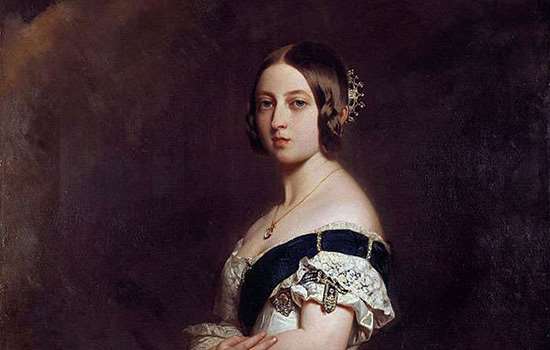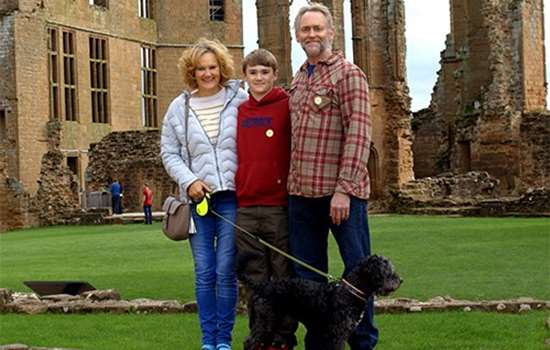More to explore
-

The rise of portrait miniature
Read more about the fascinating history of portrait miniatures, and their special connections to Kenwood and the people who lived there.
-

Queen Victoria's pets
From dogs to ponies, the Royal Household in Queen Victoria's time enjoyed a multitude of different pets.
-

Become a member today
Enjoy unlimited access to hundreds of historical places with an annual English Heritage membership. Plus there's free entry for up to six children.